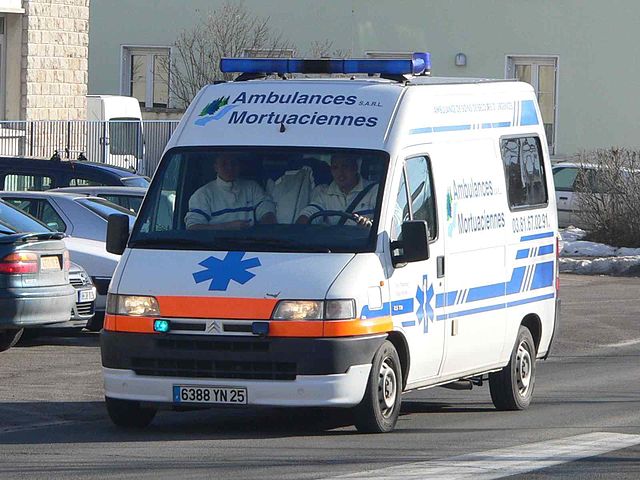Social security in France
Social security is divided by the French government into five branches: illness; old age/retirement; family; work accident; and occupational disease. From an institutional point of view, French social security is made up of diverse organismes. The system is divided into three main Regimes: the General Regime, the Farm Regime, and the Self-employed Regime. In addition there are numerous special regimes dating from prior to the creation of the state system in the mid-to-late 1940s.
A building of the Sécurité Sociale in Rennes
The French health care system is one of universal health care largely financed by government national health insurance. In its 2000 assessment of world health care systems, the World Health Organization found that France provided the "best overall health care" in the world. In 2017, France spent 11.3% of GDP on health care, or US$5,370 per capita, a figure higher than the average spent by rich countries, though similar to Germany (10.6%) and Canada (10%), but much less than in the US. Approximately 77% of health expenditures are covered by government funded agencies.
The reduction in infant mortality between 1960 and 2008 for France in comparison with Ireland, Switzerland, Sweden, the United Kingdom, and the United States.
Private Ambulance in Pontarlier
Total health spending as a percentage of GDP for France compared amongst various other first world nations from 2005 to 2008




